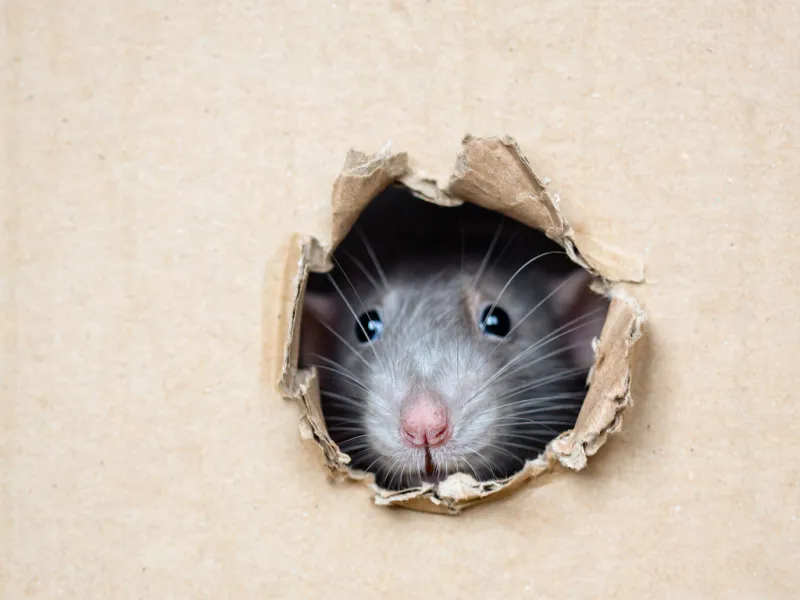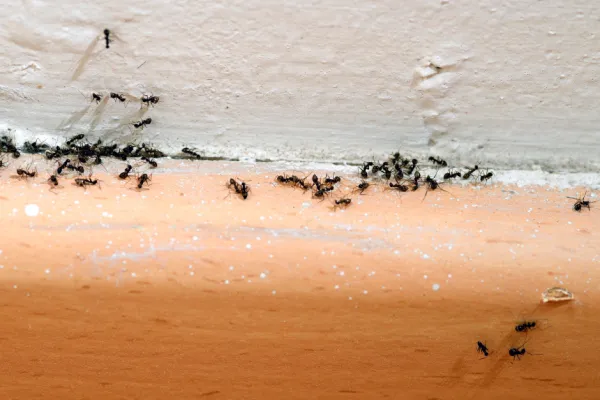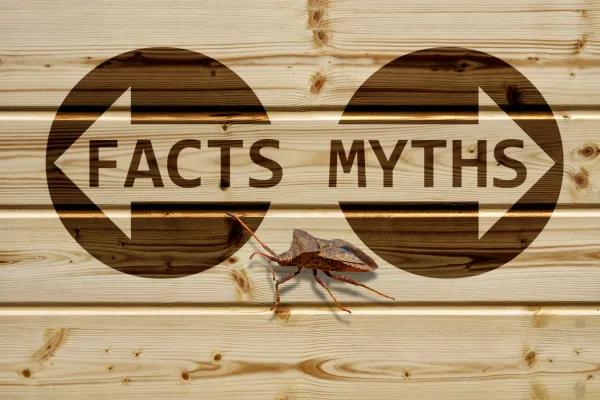How to Identify Different Types of Rodents

Aside from giving almost everyone the heebee-jeebees, rodents can cause devastating damage to your property. South Carolina is no stranger to these pesky creatures; the state is home to all shapes and sizes of rodents. Some of them pose major threats to health and safety, while others are harmless vital members of the ecosystem.
When tackling any pest problem, it's important to identify the pest at hand. Knowing what you're up against helps you determine the risks you face and develop a strategy to deal with the issue. As your go-to local exterminators, the team at Palmetto Exterminators has profiled some of the most common rodents and their identifying features below; read on to learn how to distinguish between the cute-and-fuzzies and the big-and-scaries.
What Risks Do Rodents Pose?
While they may be cute and unassuming on the outside, rodents are carriers for a host of dangerous and potentially deadly diseases. Rats and house mice can carry the Hantavirus, Salmonella, Rat Bite Fever, Tularemia, and Lymphocytic Choriomeningitis Virus. These viruses can cause fever, fatigue, muscle pain, nausea, vomiting, diarrhea, and lack of appetite. Lymphocytic Choriomeningitis Virus can even progress into a second stage characterized by neurological issues.
In addition to the health risks, rodents can also cause significant damage to your home and property. They frequently gnaw on electrical wiring, resulting in a hefty electrical technician repair bill in the best-case scenario and a possible house fire in the worst-case scenario.
The best way to avoid these outcomes is to arm yourself with knowledge (and your Palmetto Exterminator team). Read up on some of the most common rodents in South Carolina and how to identify them:
The House Mouse
The house mouse is the rodent most commonly found in (you guessed it) the house. These mice are skilled at adapting to human presence. They will eat table scraps and build their nests in your walls and attics, keeping them hidden from view.
House mice are small and typically brown, with a long tail and tiny feet. You have probably shared a space with a house mouse before without even knowing it. They pose little danger to your safety, but they may chew on wiring that you would rather remain intact. If you suspect these unsolicited roommates may have made a home in your drywall, make sure you call your local exterminator.
The Vole
Voles are often spotted in the fields of South Carolina. They burrow in the ground, creating grass nests to shelter inside. They are generally people-averse and will typically stay away from populated areas like your home — although you may occasionally find one floating in your pool on accident.
Voles look like rounded hamsters with pointed noses. They are crucial prey for birds, snakes, and wild cats, so if you come across one, it's best to just leave it alone. It is definitely more scared of you than you are of it.
The Rat
Rats are darker in color and longer than your common house mouse. The most common rat in South Carolina, the brown rat, originated in Mongolia and China. It prefers urban environments and can usually be found in sewers and subway tunnels or scavenging for trash.
These rodents often carry diseases, fleas, parasites, and other forms of contamination. If you catch a glimpse of a rat in your home, do not hesitate to call your local exterminator. You want these out of your space as soon as possible.
The Muskrat
The muskrat, a South Carolina staple, has a brown back and a pale belly with a long, flattened, scaly tail. Adults can reach up to 25 inches in length and weigh up to four pounds.
Muskrats are one of only a few semi-aquatic animals in South Carolina. They use sticks to build riverbed dens featuring underwater tunnels and above-water chambers. They are found in fresh and brackish water, ponds, streams, marshes, and rivers. They are mostly omnivorous.
Muskrats were introduced to Europe to supply the fur trade and have become invasive species in many countries, burrowing into levees and causing flooding. However, they are very important for the ecosystem of South Carolina and pose no threat to humans.
The Shrew
The most common rodent in South Carolina is the shrew. Shrews look like a common house mouse with an elongated snout and small, sharp teeth. They mostly inhabit the ground and feed on worms and vegetation. They are terrestrial creatures and they don't tend to venture into your home or garage, favoring dirt and fields outdoors instead.
How Rodents Get Inside Houses
Rodents gain ground-floor access to your home through door sweeps, weatherstripping, door and window frames, plumbing gaps, vents, and cracks in your home's foundation. They can gain access from above through soffits, vents, and chimneys.
While summer is the most common season for rodent invasion, it can happen in any season. If you hear unexplained noises coming from the walls or your attic, especially scratching or rustling noises, it could be a rodent. Call a local exterminator, like the team at Palmetto Exterminators, to dispatch the best qualified pest control specialists to help you plan a course of action.
How to Solve a Rodent Problem
While many of the common rodents found in South Carolina pose little to no threat to your home or health, it is important to be able to identify them and know which ones can be a danger. The common house mouse and the brown rat pose the most danger to health and safety, as they prefer human-occupied spaces and structures. They can carry a variety of diseases and cause extensive damage to walls, attics, and wiring in homes and cars.
If you suspect that you may be housing one of these creatures, call us at Palmetto Exterminators. We have teams of qualified extermination service experts that will help you remove these unwanted guests. Call us today or click here for a free home inspection!


